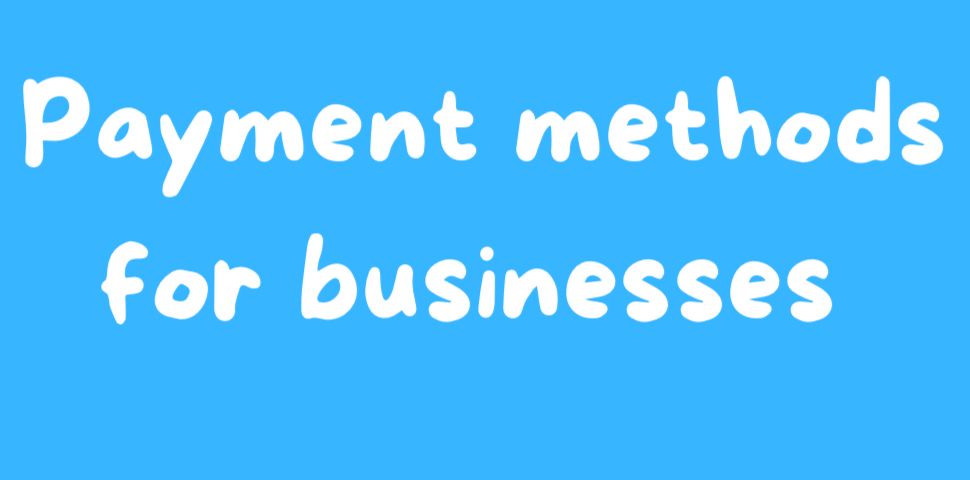
Businesses typically accept a variety of payment methods to accommodate their customers’ preferences and make transactions more convenient. The specific payment methods available can vary depending on factors such as the size and type of business, location, industry, and target market. Here are some common payment methods that businesses often use:
Cash: Accepting cash is the most straightforward payment method. Customers pay with physical currency, and businesses provide change as needed.
Credit and Debit Cards: Credit and debit card payments are widely accepted by businesses. They involve the use of card readers or point-of-sale (POS) systems to process transactions. Customers can either swipe or insert their card, and the payment is processed electronically.
Online Payments: With the growth of e-commerce, businesses often accept online payments through various platforms, including credit/debit card processing gateways, digital wallets (e.g., PayPal, Apple Pay, Google Pay), and online banking transfers.
Mobile Payments: This includes payments made using smartphones or other mobile devices. Many businesses now accept mobile payment options like contactless, QR code, and mobile wallets.
Bank Transfers: Some businesses, especially for larger transactions or B2B (business-to-business) deals, accept bank transfers where customers transfer funds directly from their bank accounts to the business’s account.
Checks: Although less common than before, some businesses still accept personal or business checks as a payment method. However, checks may involve longer processing times and a higher fraud risk than other methods.
Gift Cards and Vouchers: Businesses may offer gift cards or vouchers that customers can purchase and use to pay for goods or services at a later date.
Cryptocurrencies: With the rise of cryptocurrencies like Bitcoin and Ethereum, some businesses are starting to accept digital currencies as payment for certain products or services.
Financing and Installments: In certain industries, businesses offer financing options or installment plans, allowing customers to pay for products or services over time.
Invoicing and Purchase Orders: B2B businesses often use invoicing and purchase order systems, where the customer receives an invoice for products or services rendered and makes payment according to the agreed-upon terms.
It’s important for businesses to consider the costs and risks associated with each payment method, as well as the preferences of their target audience, to offer a seamless and efficient payment experience for their customers.
If you have any questions about this article, please call: 587 287 4148.



